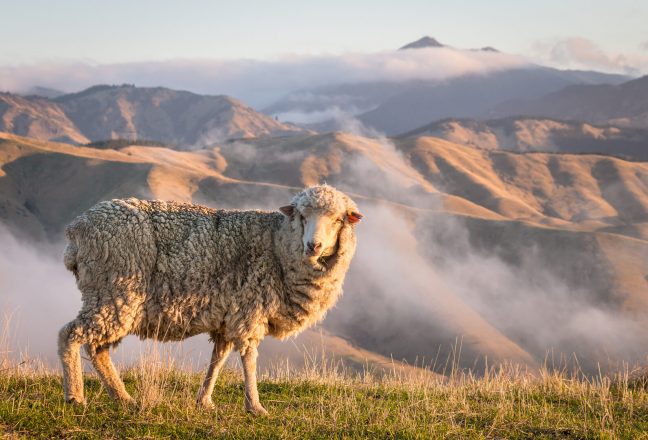农业、贸易和出口增长部长达米安·奥康纳周二表示,尽管 COVID-19 面临重大挑战,但新西兰初级部门的经济前景仍然光明。
根据奥康纳的数据,最新的《初级产业形势与展望》报告预测,截至 2021 年 6 月的年度,食品和纤维出口收入超过 475 亿新西兰元,次年创纪录的 492 亿新西兰元(348 亿美元)。
“这种强劲的表现证明了该行业有能力适应企业运营和保持工作岗位。生产商正在努力保护员工和社区免受 COVID 的影响,并提供国内外所需的食品和纤维产品,” 奥康纳说。
他说:“今年的明星表演者包括园艺行业。”奥康纳补充说,园艺行业的出口收入预计将达到近 71 亿新西兰元,比去年增长 8.9%。这是由于 2020 年初的成功收获以及对新鲜水果和葡萄酒的持续强劲需求。
他说:“预计截至 2021 年 6 月的年度,可耕行业的出口收入将进一步增长 5.3%,而去年同期大幅增长 23%。”
林业部长斯图尔特·纳什表示,林业出口显示出良好的复苏迹象。纳什说:“来自中国的原木和美国对锯材的强劲需求正在推动我们林业出口的复苏。”
奥康纳表示,一些行业的出口收入预计将在 2021 年 6 月之前的一年下降,但预计明年将更强劲地反弹。
奥康纳表示,由于市场继续应对 COVID-19 的影响,受全球乳品价格疲软的推动,预计乳品出口收入将下降 4.6% 至 2021 年 6 月的 192 亿新西兰元。
他说:“但是,这应该被对我们乳制品(特别是中国)的高需求抵消,以支持中期强劲的行业盈利能力,出口收入预计将在 2022 年 6 月终了的一年达到 201 亿新西兰元。”
奥康纳说,虽然 COVID-19 的影响将在一段时间内看到,但新西兰处于良好的恢复能力。




























































